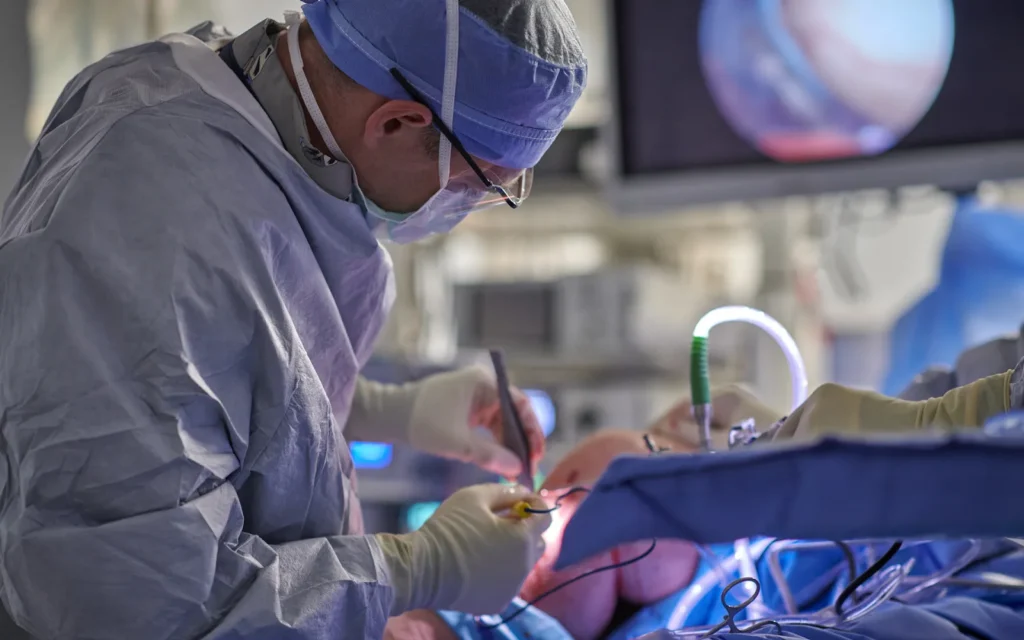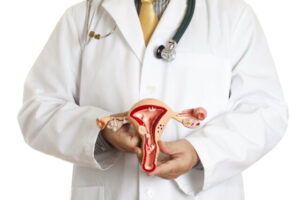
An orthopedic surgeon’s expertise extends far beyond treating broken bones. Within the field of orthopedic surgery, there are multiple specializations that focus on different parts of the musculoskeletal system. Each area requires specific training and techniques to address the unique needs of its patients. Here are some of the specializations within orthopedic surgery:
Exploring General Orthopedic Surgery
A general orthopedic surgeon handles a wide range of bone and joint problems. They treat fractures, torn ligaments, and muscle injuries that affect people of all ages. These doctors also manage arthritis, back pain, and sports injuries using surgical and non-surgical methods. A general orthopedic specialist learns to work on different body parts, making them the first choice for many patients with musculoskeletal problems. They can perform basic surgeries, such as fixing broken bones or removing damaged tissue.
Focusing on Body Area Subspecialties
Orthopedic subspecialties allow surgeons to focus on specific areas of the musculoskeletal system, providing targeted and effective treatments. These subspecialties include:
- Hand and Upper Extremity Surgery: Focused on conditions affecting the hand, wrist, elbow, and shoulder.
- Spine Surgery: Specializing in the diagnosis and treatment of spinal disorders and injuries.
- Joint Replacement (Arthroplasty): Concentrating on replacing damaged joints, such as hips or knees, to restore function.
- Foot and Ankle Surgery: Treating disorders and injuries specific to the lower extremities.
Each subspecialty offers in-depth expertise in managing complex cases, making sure patients receive the most appropriate care for their conditions.
Addressing Patient-group Subspecialties
Some orthopedic physicians specialize in treating specific groups of people or particular types of conditions. Pediatric orthopedic surgeons specialize in treating children, focusing on conditions such as scoliosis, clubfoot, and growth-related bone disorders. Sports medicine specialists focus on injuries that happen during athletic activities, helping athletes return to their sports safely.
Trauma surgeons handle severe injuries from accidents, including multiple broken bones and complex fractures. Oncologic orthopedic surgeons treat bone tumors and cancers that affect the musculoskeletal system. Each subspecialty requires further training beyond general orthopedic surgery education.
Adopting Advanced Techniques in Surgery
Modern orthopedic surgery utilizes advanced technologies to facilitate faster and pain-free healing for patients. Arthroscopic surgery enables surgeons to repair joint problems through tiny incisions, rather than large incisions. This method reduces recovery time and leaves smaller scars. Computer-assisted surgery helps orthopedic surgeons place implants more accurately during joint replacement procedures.
Regenerative medicine is another growing area in orthopedics. Some specialists now utilize stem cells and growth factors to aid in the healing of damaged tissues. Robot-assisted surgery allows for more precise movements during complex procedures. These advances help orthopedic physicians provide better care while reducing complications and improving outcomes for their patients.
Consult an Orthopedic Surgeon Today
Orthopedic surgery encompasses a range of specialized areas that address various bone, joint, and muscle disorders. From general orthopedic care to highly specialized treatments, these musculoskeletal surgeons help people of all ages return to active, pain-free lives. If you’re experiencing bone, joint, or muscle problems, contact a qualified orthopedic physician near you who can evaluate your condition and recommend the most appropriate treatment to schedule a consultation.






